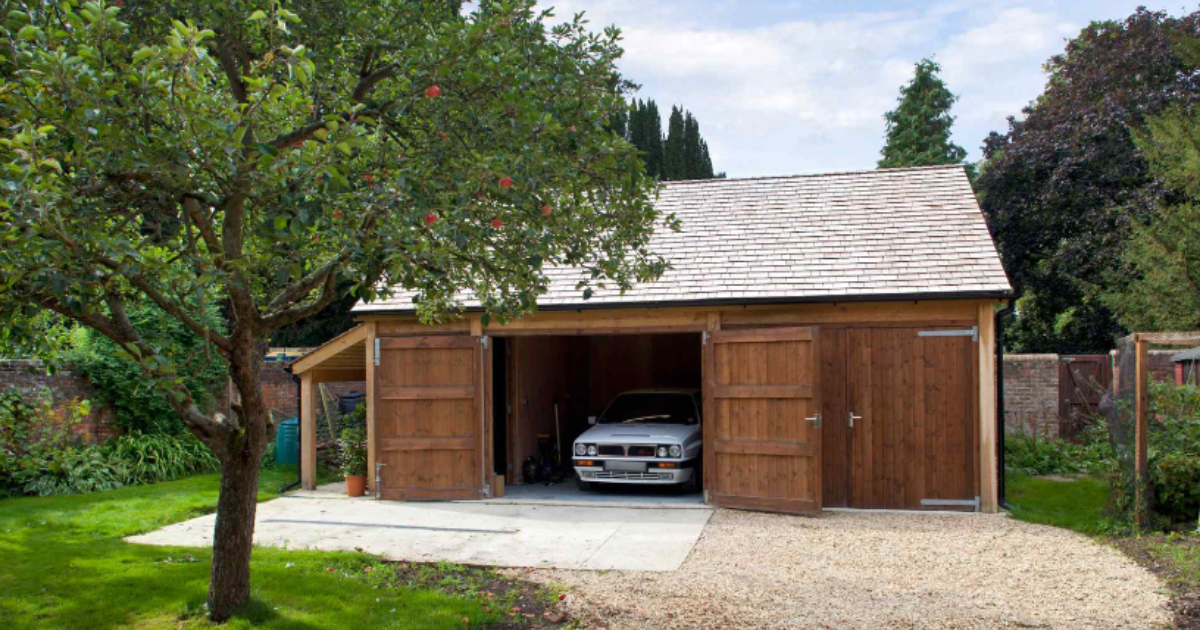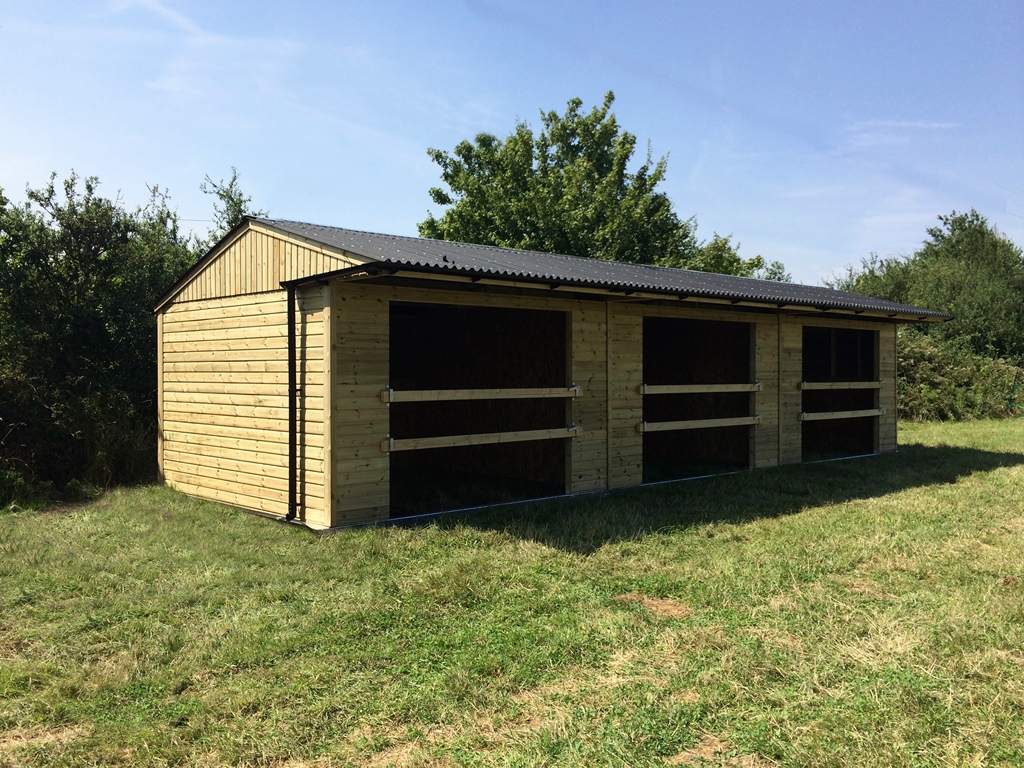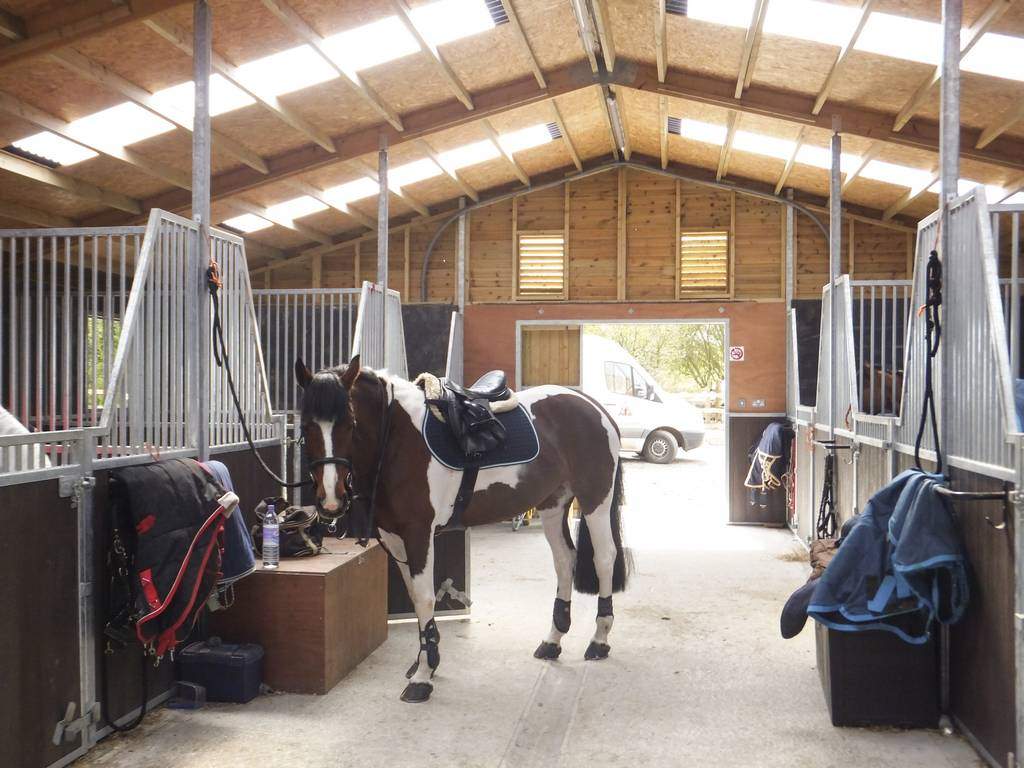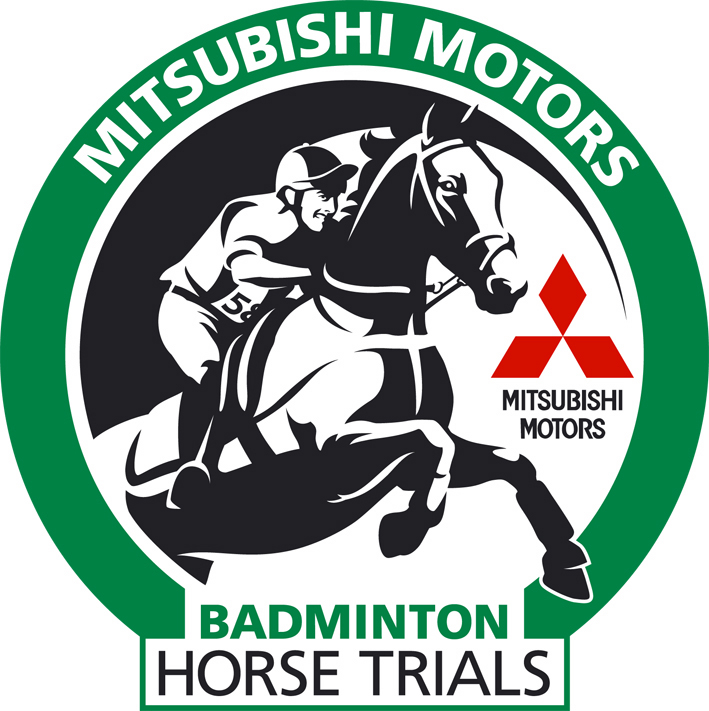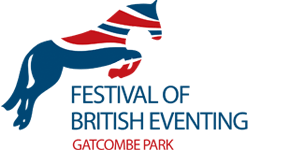Horses can often collect all sorts of debris within their hooves. While many horse owners believe that farriers should be responsible for their maintenance, letting months pass between visits without any cleaning can lead to unhealthy horse hooves, infection, abscesses, and even lameness.
As a result, learning to clean your horse’s hooves regularly is essential.
This quick guide to cleaning Horse Hooves will give you the guidance and procedures to clean your horse’s hooves and safely minimise these risks.
The Importance of Cleaning Horse Hooves
The cleanliness of your horse’s hooves is a key priority.
First and foremost, hooves are what allow a horse to gallop freely. When hooves become impacted by debris, discomfort can lead to a myriad of problems. Therefore, regular cleaning is essential. Regular cleaning and removal of mud, dirt, and manure will ensure the optimal condition and minimal risks of damage or injury to the hooves.
Tether the Horse
Tying up your horse with a quick-release knot would ensure your and your horse’s safety as they would not be able to move erratically or away from you. When tying up the horse, make sure it is tight enough so that the horse can’t move but also loose enough that you would be able to untie it easily.
Gather Your Supplies
Secondly, gather your cleaning supplies. In addition to work tools, a wide range of conditioning products and supplements can be fed to promote and maintain the healthy growth of your horse’s hooves.
It would be best to always keep your tools within reaching distance to minimise any movement that might discern your horse and maximise efficiency. The tools you need are:
- Gloves
- Files for hoof trimming
- Hoof pick
- Hoof Brush
Ensuring that the horse is calm and comfortable
The next step is to approach the horse calmly to give the horse ease of mind. This can be done by walking to the horse from the side, as this would allow the horse to see you approaching them. Petting and calming the horse will ensure that the horse is comfortable enough to allow you to clean its hooves.
Positioning yourself to the Side of the Horse
Next, position yourself to the side of the horse. In addition, make sure you are standing up; this will ensure your safety if the horse moves as you wouldn’t be impacted if the horse moves and would be able to escape quickly.
Lifting the horse’s feet
Running your hand down the back of the horse’s leg, along with a gentle squeeze above the fetlock, is a way to make the horse willingly lifts its feet. Apply a little extra pressure if the horse doesn’t respond. You can either hold the hoof with one hand and a tool with the other or position the hoof between your thighs. It is also essential to position your hand in front of the leg to minimise danger.
Cleaning the Hoof
Use the hoof to clean out the hoof’s debris by positioning the hoof below the hand holding the pick. Exerting some pressure with care on the hoof with the pick, start scraping off debris from when the horseshoe ends, across the heel, and towards the hoof’s toes.
Next, scrape off debris down the frog’s sides (the inner “V” shaped part of the hoof).
Once this process is finished, you can remove smaller debris with the Hoof brush. Afterwards, you should be able to see the hoof.
Once finished, you can gently set the hoof down and repeat this process with all of the hooves.
Inspecting the Horse’s Hooves
Next, inspect the horseshoe’s conditions by checking if it is secure and not damaging the horse hoof. Secondly, you can inspect the hooves by checking for cracks. If the hoof shows any signs of damage, then the horse should be treated by a veterinarian as soon as possible. Moreover, are the hoovers overgrown? It would be best to trim the horseshoes either yourself or by a farrier. Checking for further infections or wounds (infections, bruised soles, black discharge around the frog, spots) is also very important.
We hope the guide above helped you with cleaning your horses’ hooves! If you are looking to invest in a high-quality stable or shelter that provides optimal conditions for horses’ hooves’ health, get in touch with our experts at Jon William Stables to discuss a wide range of buildings that suit your needs.
